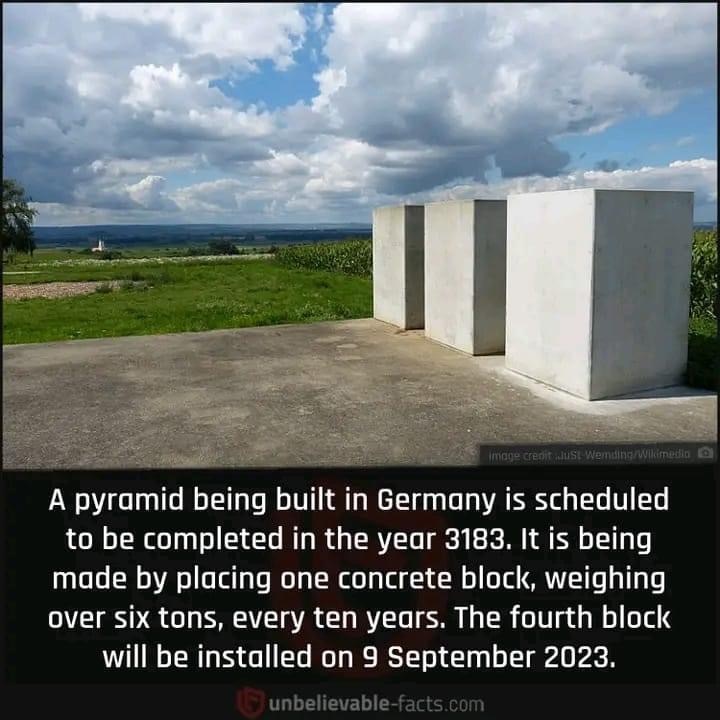this post was submitted on 03 Aug 2024
263 points (94.0% liked)
interestingasfuck
1364 readers
1 users here now
Please go to [email protected]
founded 2 years ago
MODERATORS
you are viewing a single comment's thread
view the rest of the comments
view the rest of the comments

There are still Roman buildings made of concrete standing....
Roman concrete is very different from modern concrete. It was made with a few different ingredients that made salt water strengthen it, as opposed to weaken it, and lime class (among other things) helped it "self heal" cracks.
Roman concrete is why I put the * comment, but no one uses it anymore. Between it being a lost recipe for a while and it taking longer to "set" no one throwing up buildings or laying out roads cares that something lasts over 100 years anymore.
Doubt they will use the same concrete recipe used in highways.
They most likely already thought about and solved that particular problem.
We know the recipe for Roman concrete, and we have better concrete recipes. This absolutely can last longer than Roman concrete.
It's self healing because of the poorer mixing, undissolved quicklime (calcium oxide) would remain in the concrete, and water getting in cracks would dissolve it and produce calcium hydroxide, which then combines with carbon dioxide to form more limestone aggregate (calcium carbonate) to heal the cracks.
There's a survivor bias when it comes to really old buildings of course so it's likely we're only seeing a small portion of the surviving buildings from that era.
We could make concrete that lasts multiple times the amount of time as Roman concrete, but we usually don't because it's more expensive (and modern construction seems to be about minimizing costs as much as possible and not worrying about anything more than a few decades out)
You're not wrong, but Romans had much better concrete.